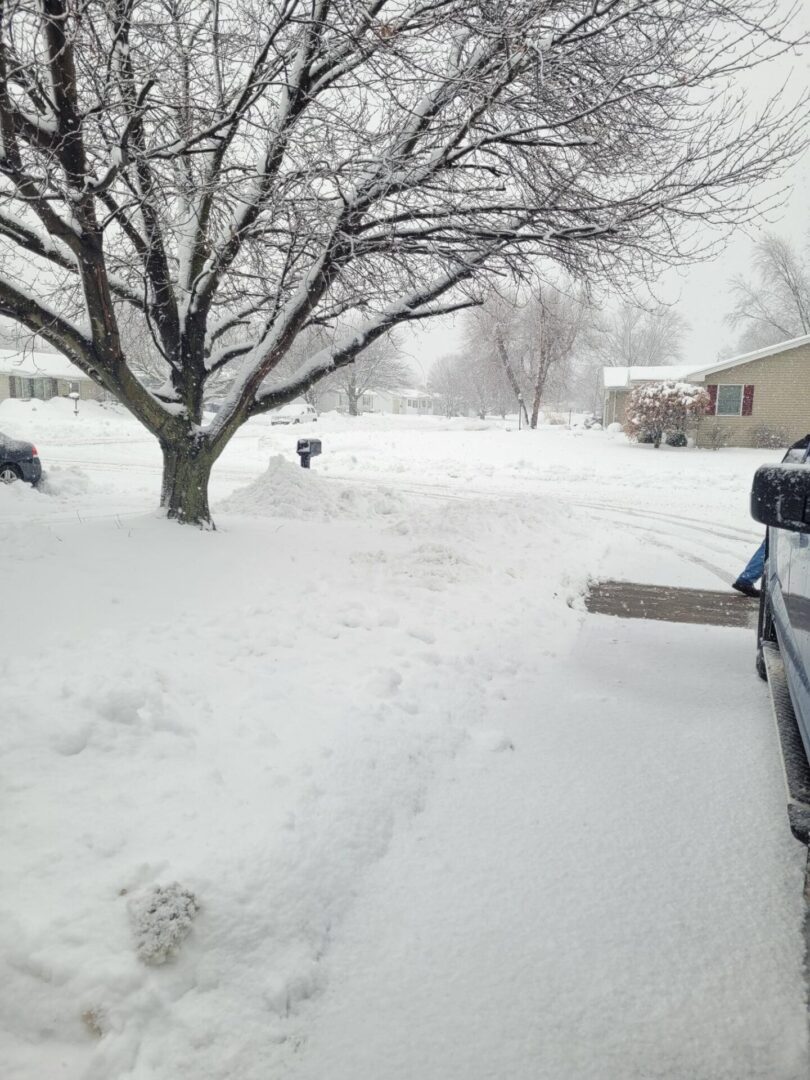The Illinois Department of Public Health (IDPH) is adopting new federal guidelines for tracking COVID-19 at the community level. The new CDC guidelines emphasize the case rate and hospitalizations in order to better track the prevalence of COVID-19 in communities. As a result of these new guidelines, testing providers will no longer be required to report some negative tests and IDPH will therefore no longer report test and case positivity.
In addition to adopting new CDC guidelines, IDPH is bolstering the data on its COVID-19 dashboard to provide additional information to help communities respond to changes in the course of the virus.
Among the new data that has been or will be shared on the IDPH COVID-19 dashboard are the following:
• Updated data on vaccination rates to reflect the full population eligible as eligibility continues to evolve.
• The number of people admitted to the hospital with a COVID-19 diagnosis.
• More detailed data on hospitalizations, including information about vaccination status in those who are hospitalized.
“Test and case positivity rates were seen as a good way to monitor the level of community spread early in the pandemic,” said IDPH Acting Director Amaal Tokars. “At this stage, now that we have vaccines and effective therapies available, it is more useful to rely on data that indicates the case rate, disease severity and the level of strain on healthcare system to guide our public health recommendations.”
The changes adopted by the CDC mean that states will no longer be required to report negative antigen test (rapid test) results – and are only required to report negative PCR and NAAT (Nucleic Acid Amplification Test) results that were performed in certified labs. In addition, the widespread use of at-home tests means that national testing data is not as comprehensive or representative of population-based testing as it was before the introduction of at-home tests.
The CDC announced in March that is relying on these three metrics to determine the community level of COVID-19 and to classify it as low, medium or high:
• Total new COVID-19 cases per 100,000 population in the past 7 days.
• New COVID-19 admissions per 100,000 population in the past 7 days.
• The percent of staffed inpatient beds occupied by COVID-19 patients.
IDPH officials note that case rates for COVID-19 are now slowly rising in many areas of the state. However, hospitalizations and deaths continue to remain low at this time. Given that the spread of COVID-19 is increasing, it is critically important that those who are at high risk for serious illness take the following precautions:
• Get vaccinated and stay up-to-date on recommended booster shots to protect yourself, your loved ones and friends.
• If you are in an area with rising COVID-19 infections, wear a mask if entering indoor spaces with other people present and consider avoiding large gatherings.
• Stick to well-ventilated areas if you are not wearing a mask indoors around other people.
• If you feel flu-like symptoms, self-isolate and stay home from work as well as social gatherings; and obtain a test as quickly as possible.
• If you test positive, talk to your provider immediately so you can get COVID-19 treatment within five days of starting to feel sick. Also, communicate about the positive result with any persons you have been in close contact within two days of falling sick or testing positive.
• Continue to frequently wash your hands and cover coughs and sneezes.
In addition, on March 29, the Centers for Disease Control and Prevention (CDC) issued updated guidance that authorized a second booster dose for certain segments of the population at least four months after the first booster dose. This applies to adults over 50 years of age, and to immunocompromised individuals (those with a poor ability to fight infections) over 12 years old. The CDC also recommended a second booster dose with an mRNA vaccine for all those who received the Johnson & Johnson vaccine for both their primary dose and their first booster, four months after their first booster dose. Those who already received an mRNA booster dose after their initial Johnson and Johnson primary vaccine do not need an additional booster unless they are either over the age of 50 years or immunocompromised.
The State of Illinois remains strongly positioned to respond in the event of a new COVID-19 surge. The State stockpile of tests is nearly fully replenished, with more than 1.5 million rapid tests on hand, and a half a million more on the way in the coming weeks. The State has also instructed hospitals, schools, and long term care facilities to consider their current testing capacity and take all preparations necessary. The State is also supporting pharmacies and healthcare providers in efforts to increase their inventories of the various FDA-authorized treatments in case of another surge. In Illinois, 99.4% of state residents have a pharmacy or clinic providing or dispensing treatment within 20 miles of where they live.
For more information, go to: https://dph.illinois.gov/covid19.html.
Vaccination is the key to ending this pandemic. To find a COVID-19 vaccination location near you, go to www.vaccines.gov.
The federal government recently established a new website that provides an all-purpose toolkit that provides information on how to obtain masks, treatment, vaccines and testing resources for all areas of the country at: https://www.covid.gov/.
***Report Courtesy of Carl Sandburg College***















